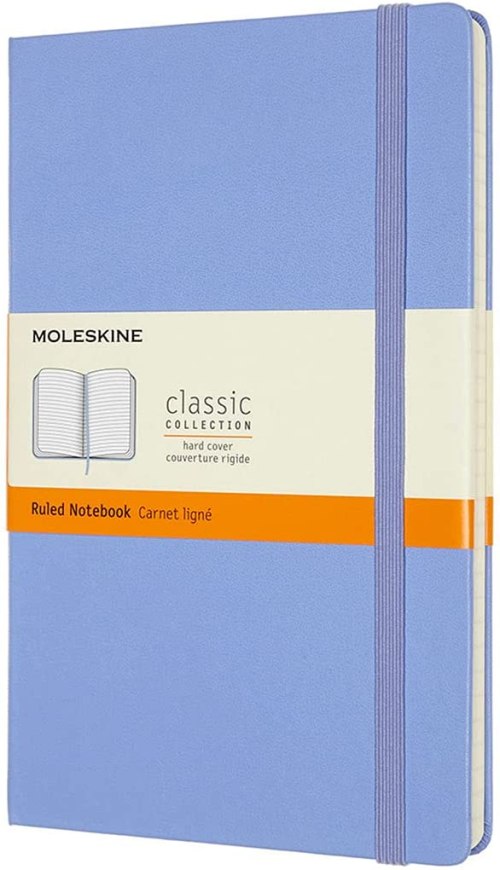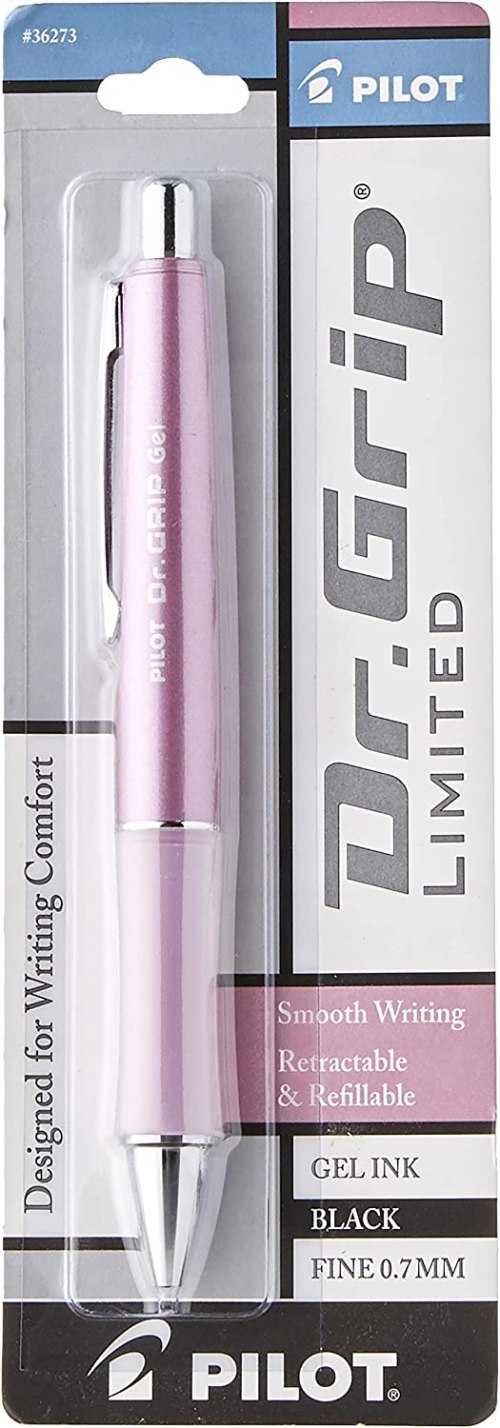Our editors independently select these products. Making a purchase through our links may earn Well+Good a commission
How To Improve Your Handwriting as an Adult
The trick to improve your handwriting as an adult is to pinpoint your difficulties in the first place. And then practice, practice, practice.

Have you ever looked at a friend’s or family member’s handwriting and wished that your penmanship could look as handsome and legible? Whether you want to improve your handwriting for the sake of writing letters or simply so that documents you fill out are more legible, there’s good news: With practice and patience, you can improve your handwriting as an adult.
Experts in This Article
Bruce Hanson is the Founder/CEO of First Choice Admissions and a Test Prep Instructor at UCLA.
Rebecca Mannis is a Learning Specialist for Ivy-prep.com.
While the process might make you feel like you’re reverting to grade school, in the end—when your hand-addressed letters look as lovely as those on Pinterest—it’s worth it.
How To Improve Handwriting as an Adult
The trick to learning how to improve your handwriting as an adult is to be able to pinpoint what’s making it difficult in the first place.
“Is it that your hand is getting tired? That you never learned how to write cursive or properly form letters? Are you out of practice because you use a computer so much? Does the process of absorbing information during a Zoom meeting or trying to mentally juggle details pull away brain space you would otherwise be able to devote to adjusting the pace at which you are writing?” asks Rebecca Mannis, PhD, a Learning Specialist for Ivy-prep.com. “As with any task or goal, the more you can bring that metacognitive or self-awareness aspect, the more you can identify the contributing factors and find solutions that are relevant to you and that are actionable.”
Once you take the time to address what’s getting in the way of your could-be stellar handwriting, it’s time to take actionable steps to overcome those obstacles.
How To Improve Your Handwriting Based on Your Biggest Hangups
If you’re out of practice…
The fact of the matter is, legible handwriting is less of a concern nowadays than it was once upon a time thanks to advances in technology. Where people used to have to rely on clear handwriting to communicate via letters, to create grocery lists and reminders, and to take notes and organize to-do lists, in today’s modern world, there are apps for all of that. As such, if your handwriting is looking less than spectacular, it could boil down to simply being out of practice. With that in mind, Bruce Hanson, the founder and CEO of First Choice Admissions and a test prep Instructor at UCLA, suggests ditching your electronics in favor of a pen and paper. “Start writing things down on paper and sending letters the ‘old-school’ way,” he says. “Though it’s easier to have these things in the palm of your hand, it really helps with practicing your writing skills. Handwritten notes are that much more personal too, so it shows more thought to your notes.”

Moleskine Classic Notebook — $16.00
If your hand is getting tired…
There are two reasons this may be happening: First, a lack of handwriting practice can lead to muscle deterioration, so your hand might just need to get used to writing again. The other reason could be due to the instrument you’re using to write. As such, Hanson suggests investing in a quality writing utensil. “There are so many pens out there now that can really improve your penmanship,” he says.

Pilot Dr. Grip Roller Ball Retractable Gel Pen — $9.00
Another reason your hand may be getting tired is because of how you’re holding your pen or pencil. “Writing can be all in the wrist,” Hanson says. “Start to really focus on the way you hold your pen and how you position your wrist and arm while doing so.” If you find that your grip doesn’t look quite right, consider adding a grip guide to your writing instrument. Doing so will teach you where it’s best to hold your pen or pencil for the most comfortable writing experience.

The Pencil Grip Original Pencil Gripper — $10.00
If you don’t know how to write cursive…
Since cursive is a bit trickier than traditional handwriting, Mannis recommends using pads that build upon letter formation patterns. “There are also techniques and tools where you can customize the content you are practicing either for information you regularly need to write about—or to mix it up and make it interesting for topics of interest to you,” she says. “As an example, many letters in the English alphabet are built upon the letter C, such as c, g, o, a, d, and q. Clients of mine also use apps and papers that they select in consultation that provide feedback and cues that are relevant to how they function best.”

Channie’s Quick & Neat Cursive Handwriting Pad — $13.00
If you never learned how to write neatly…
Take your handwriting back to the basics and begin practicing with lined, doted, or squared paper. “Sometimes writing on a blank slate has your writing in an angle,” Hanson says. “Instead, try adding some of your own lines to the blank sheet of paper. Use a ruler or straight-edge and a pencil to draw your guide lines. Or buy lined paper.”

LEUCHTTURM1917 A5 Ruled Hardcover Notebook — $22.00
Practice, Practice, Practice
At the end of the day, the key to improving handwriting as an adult is to—like most things—commit time to practice. Hanson says that practicing can be as simple as writing the alphabet over and over again. “Or take steps and write a few sentences and then rewrite them 10 times a day,” he suggests. “[Or you can] pick a word that’s difficult to spell or you tend to always look up and write that down multiple times a day—it helps your brain-to-hand motor skills and tends to [help] you focus a bit more when you’re practicing.”
Whatever you do, just remember: Improving your handwriting as an adult won’t happen overnight. “It is a gradual process, but with a well-developed and executed plan you should see significant changes within a few weeks,” Mannis says.
Oh hi! You look like someone who loves free workouts, discounts for cutting-edge wellness brands, and exclusive Well+Good content. Sign up for Well+, our online community of wellness insiders, and unlock your rewards instantly.
Sign up for the Well+Good SHOP Newsletter
Get exclusive deals on wellness, beauty, fitness, and food products that have been hand-picked by our editors.
Got it, you've been added to our email list.









